Don’t fret, you don’t need to be using three moisturisers. (That sounds sweaty, tbh.) We’re talking about the three kinds of moisturising ingredients - humectants, emollients, and occlusives - which should all be present throughout your routine to keep your skin healthy, radiant, and plump.
Depending on your skin type and age, the climate and season where you live, your skin will need a different combination of the trio that makes moisturisation and hydration happen, as it should.
But, first, what exactly are they?
Humectants
What they do: Humectants attract water to themselves and slow down water evaporation from your skin.
What that means is: Humectants draw water from the dermis (deep down skin layer) up to the epidermis (surface layer) where dehydration occurs. They’re basically the Bear Grylls of skincare ingredients (i.e. they’re incredibly resourceful).
Such as: Hyaluronic acid or glycerin. Water-soluble chemical exfoliants (like lactic acid) also work as humectants.
Hyaluronic Acid Serum A hydrating serum packed with peptides, provitamin B5 and hyaluronic acid to expertly quench and plump your skin. Replenish dry skin with Much Plumper Skin now.Much Plumper Skin
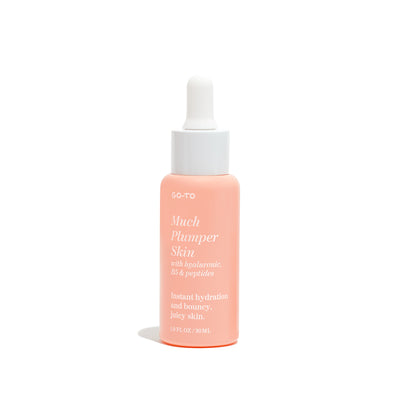
Emollients
What they do: soften the skin and leave everything lovely and smooth.
What that means is: Emollients smooth and soften the skin by filling in the gaps between skin cells/flakes with hydrating oils and lipids. They stay on the skin’s surface and also help your skin hold onto those fancy humectants you use.
Such as: Vitamin E, ceramides, jojoba oil, rosehip oil, along with a whole host of the brilliant oils in Face Hero and Fancy Face. (Not to brag.) (Actually, wait. That was to brag. Carry on.)
Occlusives
What they do: seal in moisture and stop water from evaporating.
What that means is: Occlusives have large molecules, so rather than attracting water they repel it. Like emollients, they will seal moisture into your skin where it belongs, the difference is that occlusives are heavier, and therefore better for drier skins, while emollients work best for those with oily skin.
Such as: Beeswax, lanolin, shea butter.
Daily Moisturiser Very Useful Face Cream is a hydrating daily moisturiser that defends your skin against premature ageing, and smells pretty alright too.Very Useful Face Cream
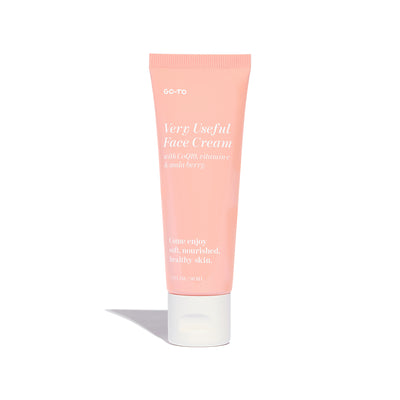
Great, thanks! Now how do I use them?
In order of thinnest to thickest. Humectants first, emollients next, and occlusives to top it all off. If you have products that play nicely together, a simple routine based on this (and if in doubt most active to least active) will ensure your moisture is managed superbly. And you’ll have the astonishing glow to prove it.
Important Note: You may have seen conflicting info about where face oils should be applied. This is because oils, depending on their composition, will fall into different categories, which makes the whole thing very confusing. In short: If your face oil is heavier than your face cream, it should be applied last. And if your face oil is lighter than your face cream, it should be applied first. (In long: Head here for a very detailed explanation.)
Less Important Note: Caramello Koalas are superior to Freddos and we won’t hear otherwise.






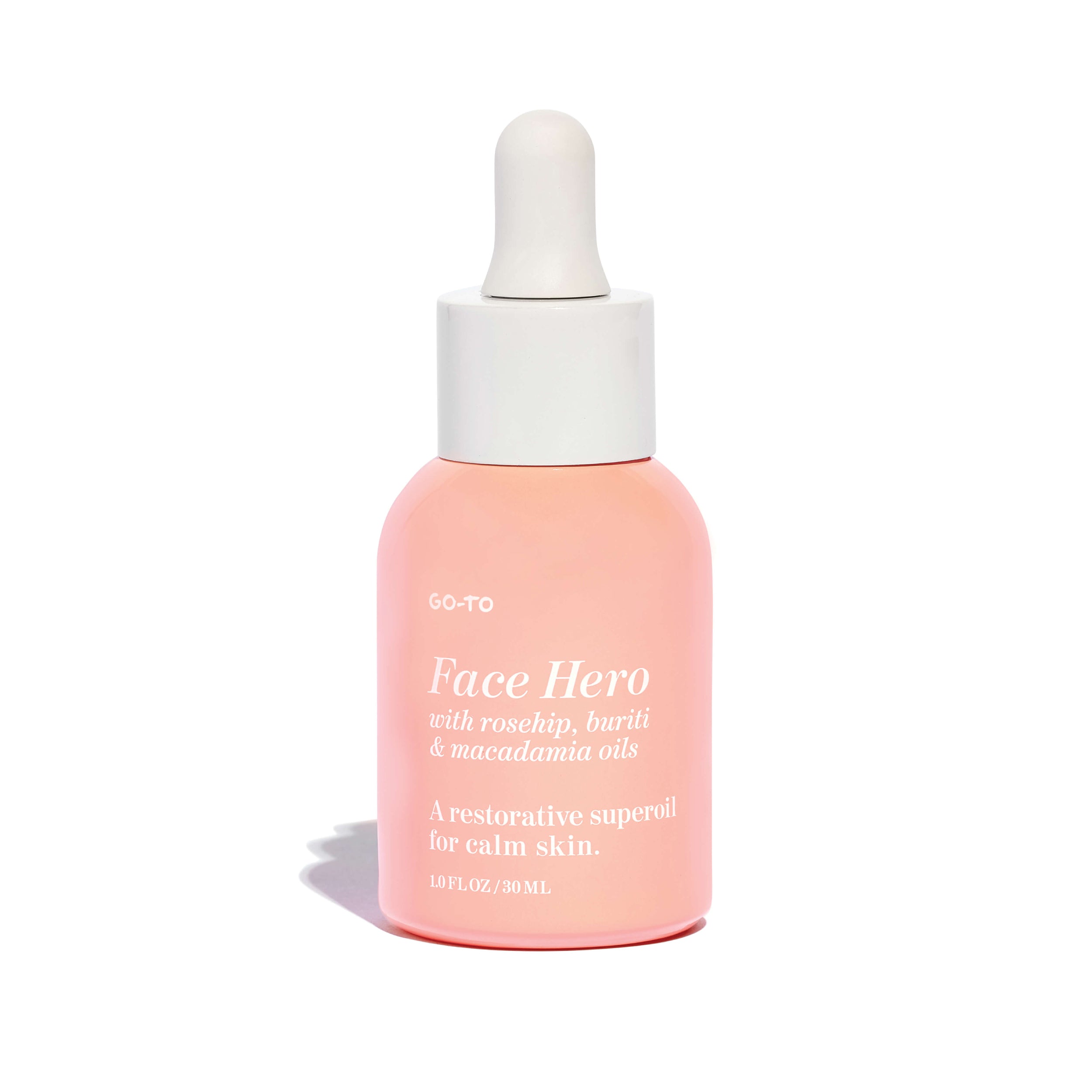





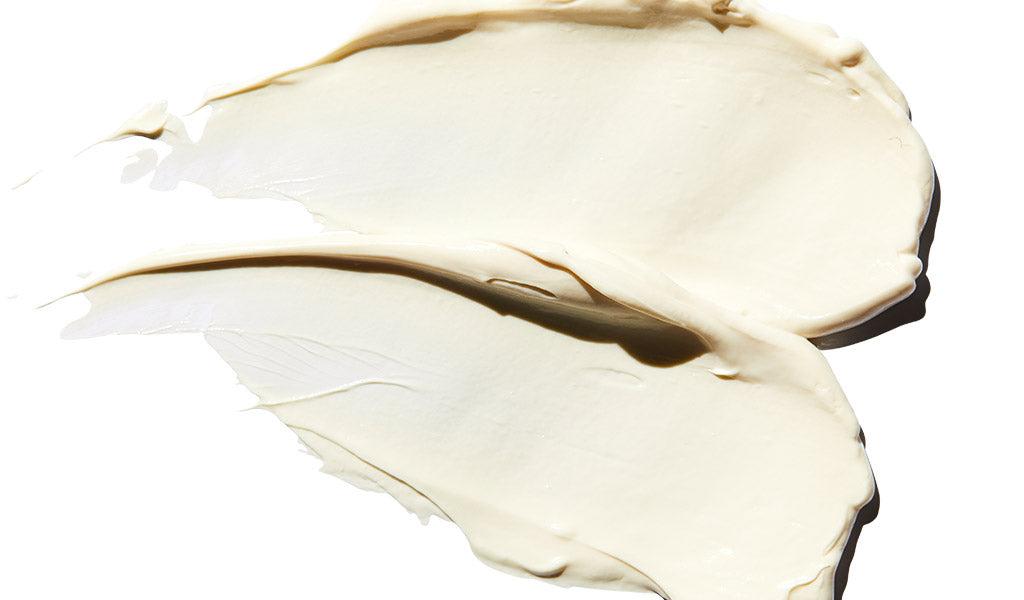
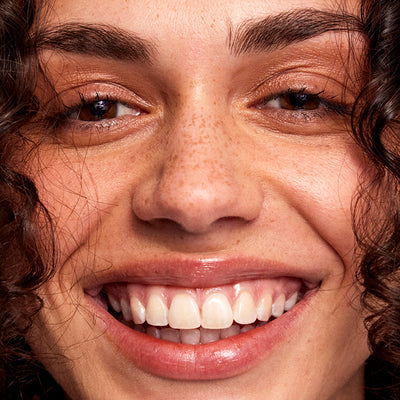

Comments